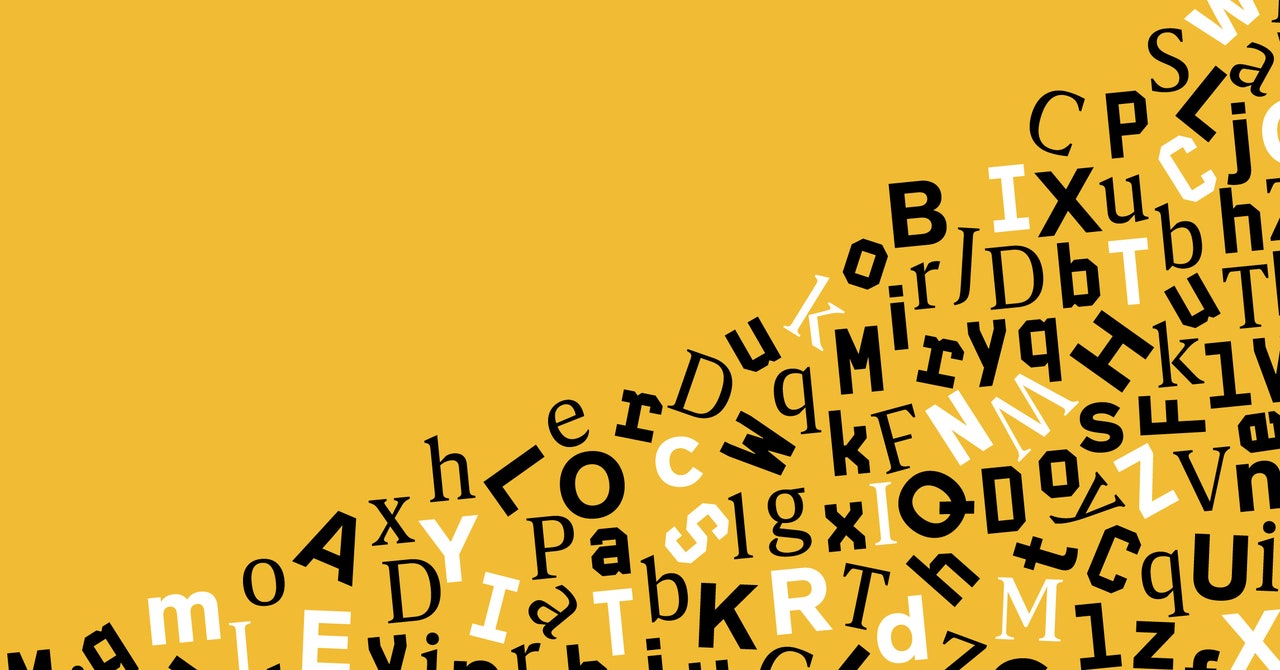Font families can sell for hundreds of dollars. Gotham, a popular typeface used by President Barack Obama’s campaign and many others, costs nearly $1,000 to license a complete set of 66 different styles. But The League of Moveable Type, gives all of its fonts away for free. What’s more, it makes them open source, so that other people can modify the fonts and make their own versions of them.
And people have. Raleway, designed by Matt McInerney and released in 2010, was expanded from a single weight into a family with nine weights, from “thin” to bold to “black,” each with matching italics, in 2012 by Pablo Impallari, Rodrigo Fuenzalida, and Igino Marini. It’s now one of the most popular font families on Google Fonts, a collection of free fonts hosted by the search giant.
Over the past decade, companies ranging from startups like the IT tool company Datto to giants like Intel and IBM have commissioned professional type makers to create fonts that those companies open sourced. Even Adobe, which sells licenses for some of its font families for hundreds of dollars, has released a “super family” of open source fonts.
It’s easy to see why web designers would want free, high-quality fonts. But why would an independent type designer open source their work? Just as in open source software, the reasons vary.
For companies, the reasons to open source a font that they’ve commissioned often mirror the motivations for releasing open source software. For example, programming tool maker JetBrains released a new font called JetBrains Mono designed for reading and writing code. The company open sourced the font so that programmers could easily provide feedback and improvements through Microsoft’s code hosting and collaboration platform GitHub, much as a company might release open source software in the hope that others will help improve it. “It feels like a real collaboration,” says JetBrains team lead Konstantin Bulenkov.
Even if designers don’t contribute improvements to a font directly, companies can benefit from making their work open source. For example, Adobe Type senior manager Dan Rhatigan says releasing its Source super-family of fonts as open source has enabled the company to test new typography technologies like “variable fonts,” which make it easy for a designer to adjust the weight of a typeface, before rolling those technologies into other products.
In o

